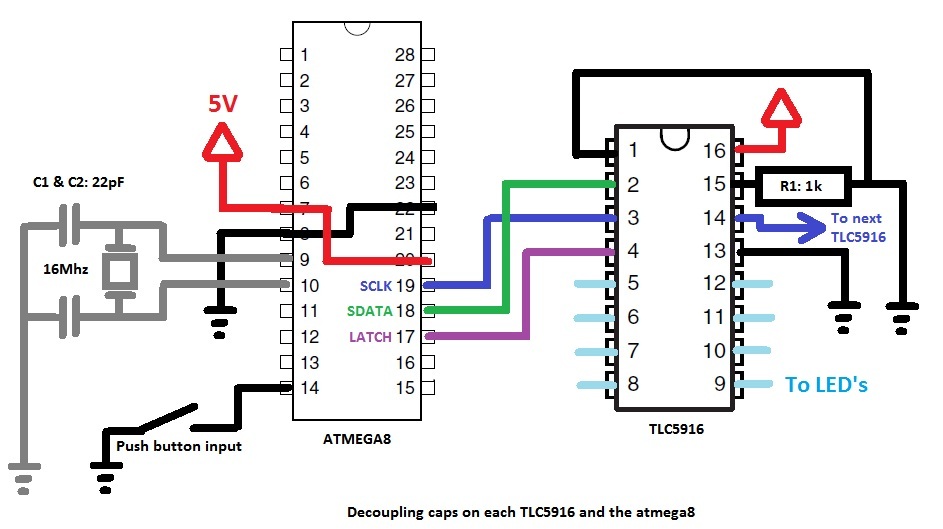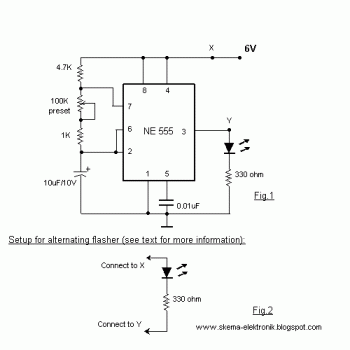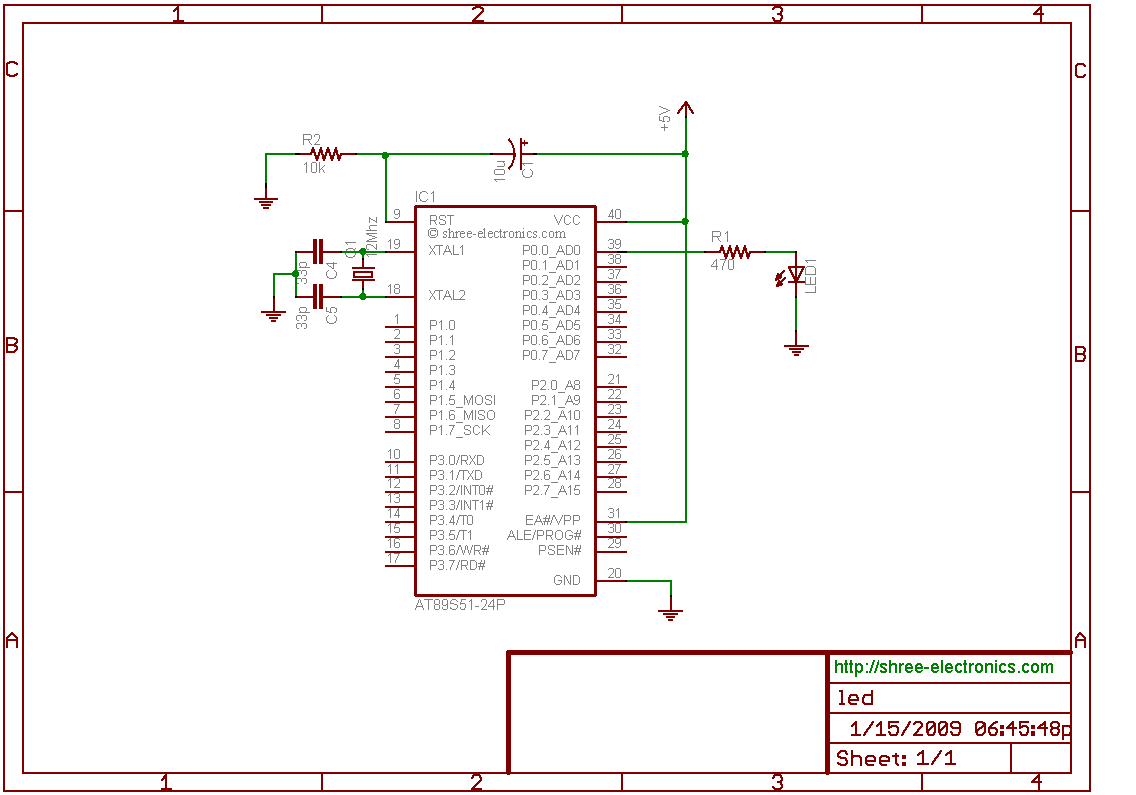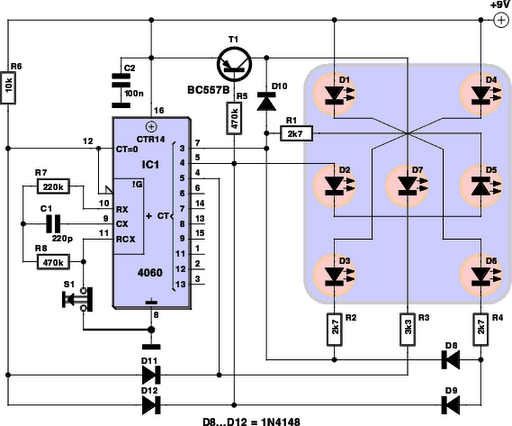
LED Hat

This unique hat is a product of a procrastination project. During the study break for final exams, an invitation was received for a friend's hat-themed birthday party. With little else to occupy time (aside from studying), the decision was made to create an impressive hat in hopes of winning the best hat prize, utilizing spare LEDs left over from a previous LED cube project. Before even responding to the invitation, wire was bent to form the hat's shape without any prior design or consideration for functionality. The result was a messy and uncomfortable creation, but it looked striking when illuminated, ultimately succeeding in the competition. While the details will not be extensively covered, pictures, circuit diagrams, and code are available. The hat's structure was rapidly assembled using thick fencing wire for the frame and enameled copper wire for signal routing, giving it a visually appealing chaotic appearance. To control the 64 LEDs, eight TLC5916 LED sink drivers were employed, functioning similarly to the drivers used in the LED cube project but with eight outputs each. Multiplexing was not utilized for the hat to allow for PWM effects. An ATmega8 microcontroller, previously unprogrammed, was used as the main control unit. The circuit diagram is straightforward, with the TLC5916 configuration repeated eight times in a serial data output (SDO) to serial data input (SDI) chain. Programming of the ATmega8 was facilitated using an Arduino as an in-system programmer (ISP) with the ArduinoISP sketch. Code compilation and upload were performed using AVRdude, a terminal-based program that is user-friendly once familiarized. An external clock source required setting the AVR fuse bits, with an AVR fuse calculator used to prevent errors that could damage the $2 microcontroller. The hat features two types of animations: standard animations where each LED is either on or off, and dimmed animations utilizing 4-bit Bit Angle Modulation (BAM) for enhanced effects. The provided code, while not extensively commented, is organized for ease of understanding, and assistance can be sought in the comments section if needed. An analog input code was initially included for a microphone input but was removed due to noise issues with the battery source before the party.
The electronic schematic for the LED hat project consists of a simple yet effective arrangement. The core component is the ATmega8 microcontroller, which serves as the brain of the operation. It is connected to eight TLC5916 LED sink drivers, each capable of controlling eight LEDs, allowing for a total of 64 LEDs. The TLC5916 chips are connected in series, where the SDO pin of one chip connects to the SDI pin of the next, creating a cascading effect for data transmission.
The power supply for the circuit must be sufficient to handle the total current drawn by all LEDs when illuminated. A suitable power source, such as a battery pack, should be chosen based on the voltage requirements of the TLC5916 and the LEDs. The circuit should include decoupling capacitors close to the power pins of the TLC5916 to ensure stable operation.
For programming the ATmega8, connections must be made to the appropriate pins for the ISP, following the ArduinoISP sketch guidelines. The programming process requires careful attention to the fuse settings, especially when using an external clock.
The animation effects are controlled through the microcontroller's firmware, which utilizes PWM to create dimming effects and smooth transitions. The implementation of 4-bit BAM allows for nuanced control over LED brightness, enhancing the visual appeal of the hat.
In conclusion, this project combines creativity and technical skill, resulting in a unique LED hat that showcases the capabilities of microcontroller programming and LED control. The circuit design is straightforward, making it accessible for enthusiasts looking to replicate or modify the project.This ridiculous hat is one of my typical procrastination projects. During swatvac for my final exams I got invited to a friends hat themed Birthday party. With nothing better to do (well apart from study for my exams) I decided that I wanted to win the best hat prize, and figured I could use up some of the spare LED`s I have laying about after my LED cube project in the process. Literally before I had even responded to the event I had started bending wire around my head to form the shape of the hat, there was no design or even consideration of how this thing was going to work but this is what I ended up with. It`s messy, it`s uncomfortable and was a complete waste of time, but It looks awesome when it`s turned on and I kicked ass in the competition.
I am not going to go into much detail here as I feel like I have spent enough time on a flashy hat, but you can find some pics, circuit diagrams and the code all here. The hat took shape fairly quickly I used thick fencing wire for the construction and routing power about my head, for all the signals I used a heap of enameled copper wire which I think actually looks pretty cool going all over the place like it is.
To drive all 64 LED`s I used 8 TLC5916 LED sink drivers, they work almost identically to the drivers in my LED cube project except they only have 8 outputs, I don`t bother with any multiplexing on the hat because I wanted to be able to do some PWM effects. The hats brain is an old atmega8 chip I had laying about and had never learned how to program until now.
The circuit diagram is fairly basic as you can see below (yes I drew it in paint, what of it), just repeat the TLC5916 part 8 times continuing the SDO -> SDI chain. To program the ATmega8 chip I used my Arduino as an ISP with the ArduinoISP sketch, follow the link for more information on how to wire it up.
I compiled and uploaded the code with AVRdude which is a terminal based program, once you get the hang of it it`s very easy to use (just get yourself a makefile to play around with). As I am using an external clock source I had to set the avr fuse bits, to make sure I didn`t make a mistake and ruin my chip which cost me an extravagant $2 I used the avr fuse calculator.
My hat uses two types of animations, the standard animations where each LED is either on or off, or dimmed animations where I use 4 bit Bit Angle Modulation (BAM) for some nice effects. My code which you can find in the downloads section is not particularly well commented but it is neat so hopefully easy enough to follow, you are welcome to ask me a question in the comments if you need a hand.
You will probably see the analogue input code in there, that is because I had a microphone input at one stage but I removed it before the party because the battery source was causing too much noise and I ran out of time trying to fix it, or something like that. 🔗 External reference
The electronic schematic for the LED hat project consists of a simple yet effective arrangement. The core component is the ATmega8 microcontroller, which serves as the brain of the operation. It is connected to eight TLC5916 LED sink drivers, each capable of controlling eight LEDs, allowing for a total of 64 LEDs. The TLC5916 chips are connected in series, where the SDO pin of one chip connects to the SDI pin of the next, creating a cascading effect for data transmission.
The power supply for the circuit must be sufficient to handle the total current drawn by all LEDs when illuminated. A suitable power source, such as a battery pack, should be chosen based on the voltage requirements of the TLC5916 and the LEDs. The circuit should include decoupling capacitors close to the power pins of the TLC5916 to ensure stable operation.
For programming the ATmega8, connections must be made to the appropriate pins for the ISP, following the ArduinoISP sketch guidelines. The programming process requires careful attention to the fuse settings, especially when using an external clock.
The animation effects are controlled through the microcontroller's firmware, which utilizes PWM to create dimming effects and smooth transitions. The implementation of 4-bit BAM allows for nuanced control over LED brightness, enhancing the visual appeal of the hat.
In conclusion, this project combines creativity and technical skill, resulting in a unique LED hat that showcases the capabilities of microcontroller programming and LED control. The circuit design is straightforward, making it accessible for enthusiasts looking to replicate or modify the project.This ridiculous hat is one of my typical procrastination projects. During swatvac for my final exams I got invited to a friends hat themed Birthday party. With nothing better to do (well apart from study for my exams) I decided that I wanted to win the best hat prize, and figured I could use up some of the spare LED`s I have laying about after my LED cube project in the process. Literally before I had even responded to the event I had started bending wire around my head to form the shape of the hat, there was no design or even consideration of how this thing was going to work but this is what I ended up with. It`s messy, it`s uncomfortable and was a complete waste of time, but It looks awesome when it`s turned on and I kicked ass in the competition.
I am not going to go into much detail here as I feel like I have spent enough time on a flashy hat, but you can find some pics, circuit diagrams and the code all here. The hat took shape fairly quickly I used thick fencing wire for the construction and routing power about my head, for all the signals I used a heap of enameled copper wire which I think actually looks pretty cool going all over the place like it is.
To drive all 64 LED`s I used 8 TLC5916 LED sink drivers, they work almost identically to the drivers in my LED cube project except they only have 8 outputs, I don`t bother with any multiplexing on the hat because I wanted to be able to do some PWM effects. The hats brain is an old atmega8 chip I had laying about and had never learned how to program until now.
The circuit diagram is fairly basic as you can see below (yes I drew it in paint, what of it), just repeat the TLC5916 part 8 times continuing the SDO -> SDI chain. To program the ATmega8 chip I used my Arduino as an ISP with the ArduinoISP sketch, follow the link for more information on how to wire it up.
I compiled and uploaded the code with AVRdude which is a terminal based program, once you get the hang of it it`s very easy to use (just get yourself a makefile to play around with). As I am using an external clock source I had to set the avr fuse bits, to make sure I didn`t make a mistake and ruin my chip which cost me an extravagant $2 I used the avr fuse calculator.
My hat uses two types of animations, the standard animations where each LED is either on or off, or dimmed animations where I use 4 bit Bit Angle Modulation (BAM) for some nice effects. My code which you can find in the downloads section is not particularly well commented but it is neat so hopefully easy enough to follow, you are welcome to ask me a question in the comments if you need a hand.
You will probably see the analogue input code in there, that is because I had a microphone input at one stage but I removed it before the party because the battery source was causing too much noise and I ran out of time trying to fix it, or something like that. 🔗 External reference





